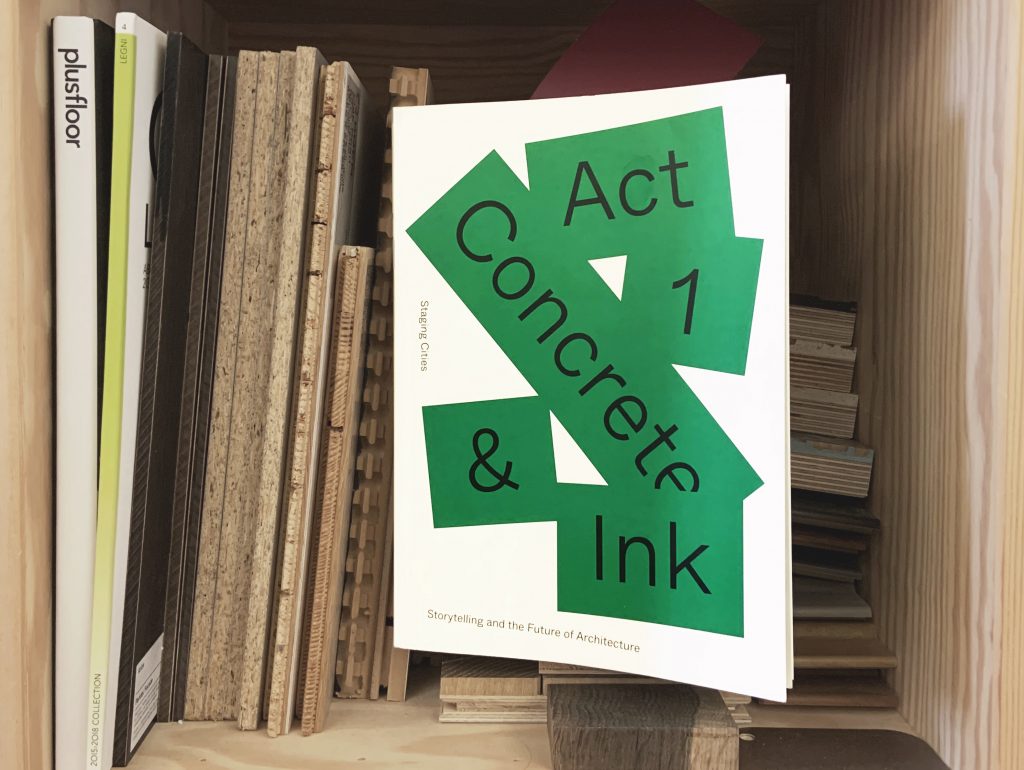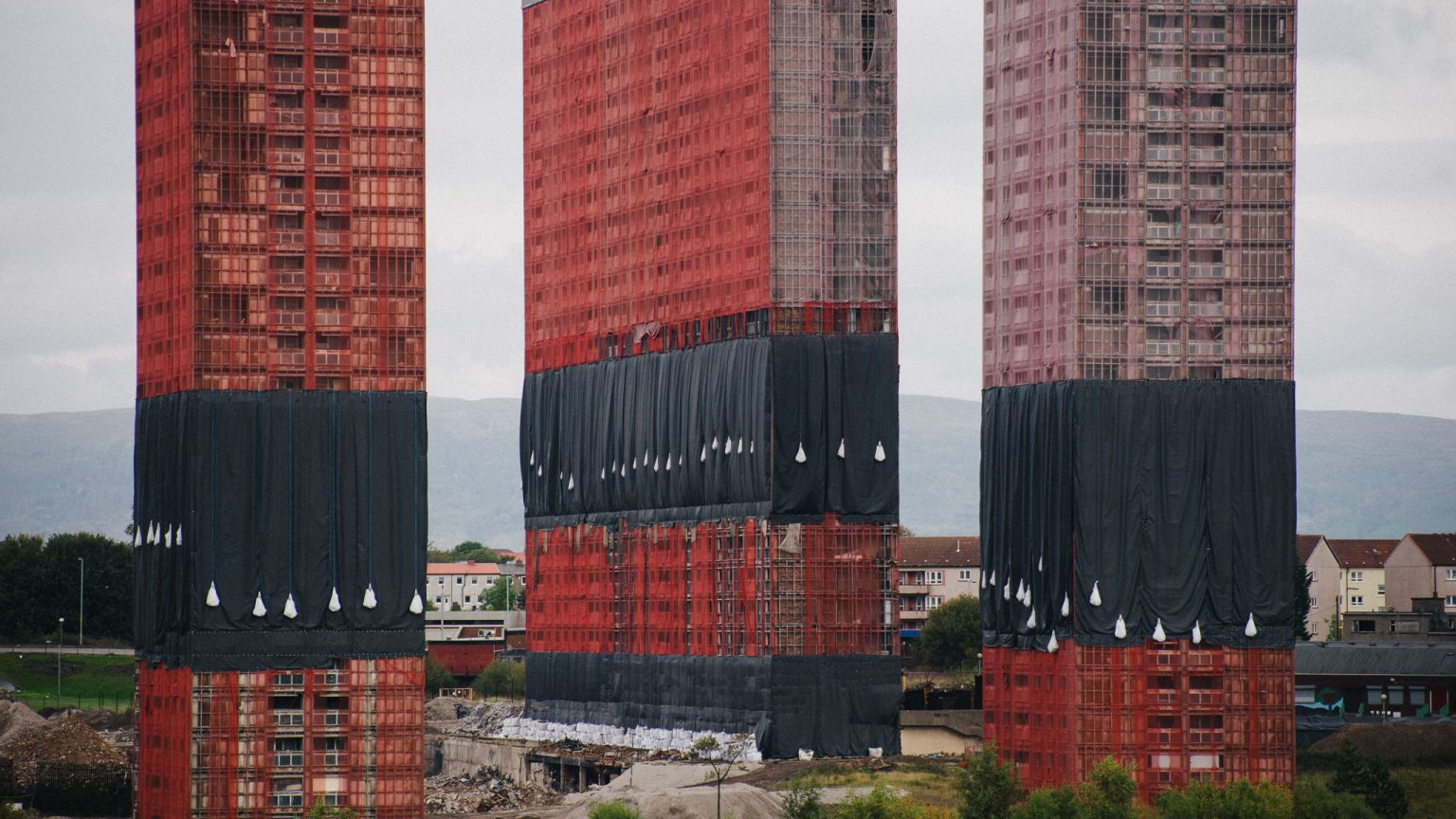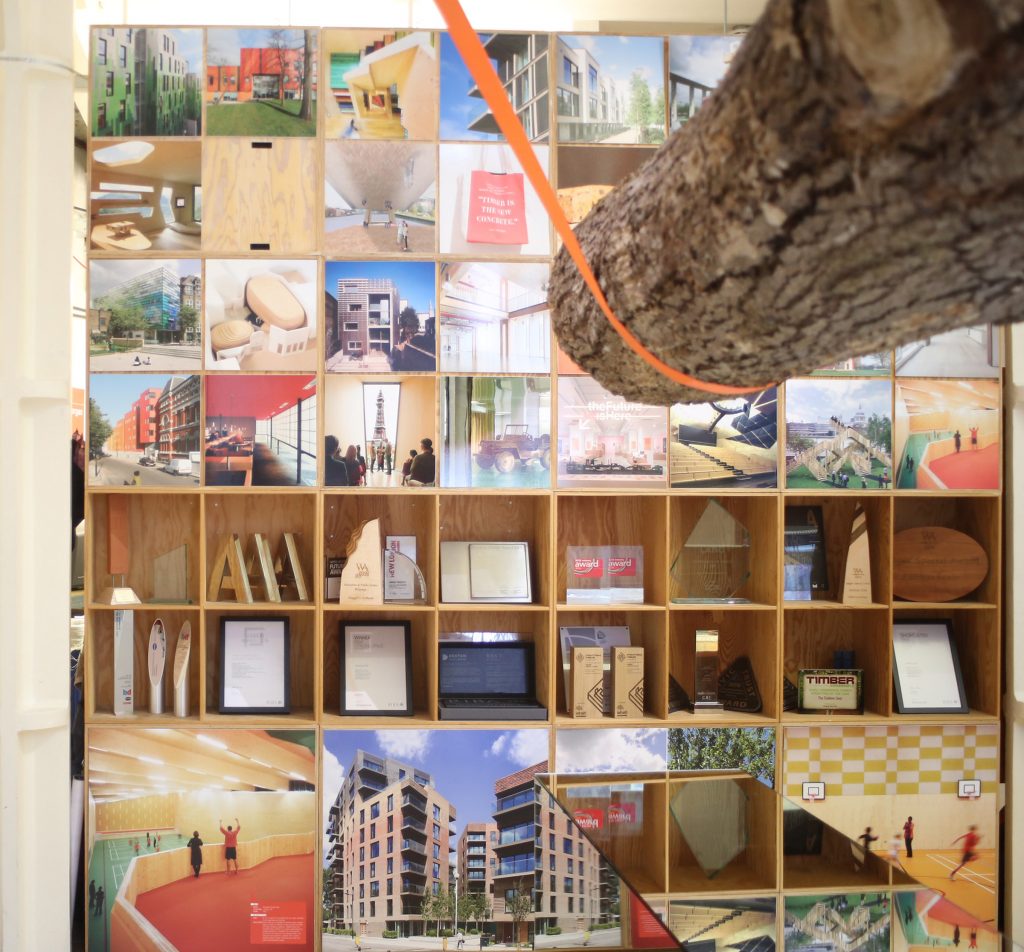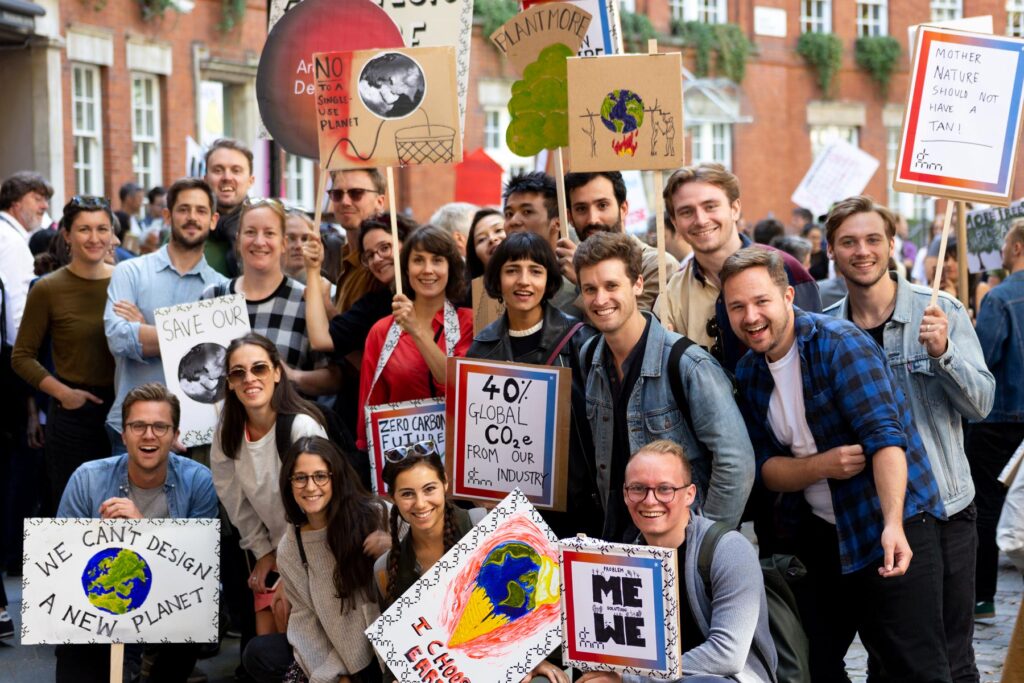I particularly enjoyed ‘Red Road Stories’ by Alison Irvine, it is set in a real space, the Red Road Tower Blocks, now demolished. These towers were built to replace the Gorbals which were well-known for being a post-war slum area in Glasgow. Unfortunately, the Red Road towers were problematic in their own right, a result of poor construction and escalating social problems, they were eventually demolished in 2008.
Irvine’s story is told from two separate narrative viewpoints that come from two people who have spent time living in separate homes on the Red Road. The first protagonist has very positive memories of their home despite its problems, they can remember the happy and creative games they played with playmates as a child. The second protagonist has a contrasting experience, choosing to feel negatively about the space that surrounds them, they blame their home, the building and its surroundings, for their partner’s alcoholism.
The story describes two points in time. The narratives interweave and they contrast, the first protagonist’s story is set in a time when the homes were first built, they describe football courts and playing areas, the second protagonist claims that the young children living on the Red Road don’t have access to this infrastructure. This story stood out for me as it reveals the personal aspects of space. These personal aspects are hard to predict, this keeps the book interesting and serves the important reminder that spaces are always appropriated for use in ways that we, as designers, could never predict when we are engaged in the act of designing them.
I also liked ‘The House Below’ by Ben Okri. For me, this story had a lot of emotion in it because it was showing how the living standards of people change depending on their socio-economic conditions and their geographic location. This story charted the occupants of a house that was sinking over time due to its basic construction. As the story progresses the ever-changing tenants have to crawl to enter the house, yet the landlord still views the property as the best house ever. It fits with the saying ‘one person’s trash is another person’s treasure’. It reminded me that people will endure the most unsuitable living conditions when they have no other alternative.










